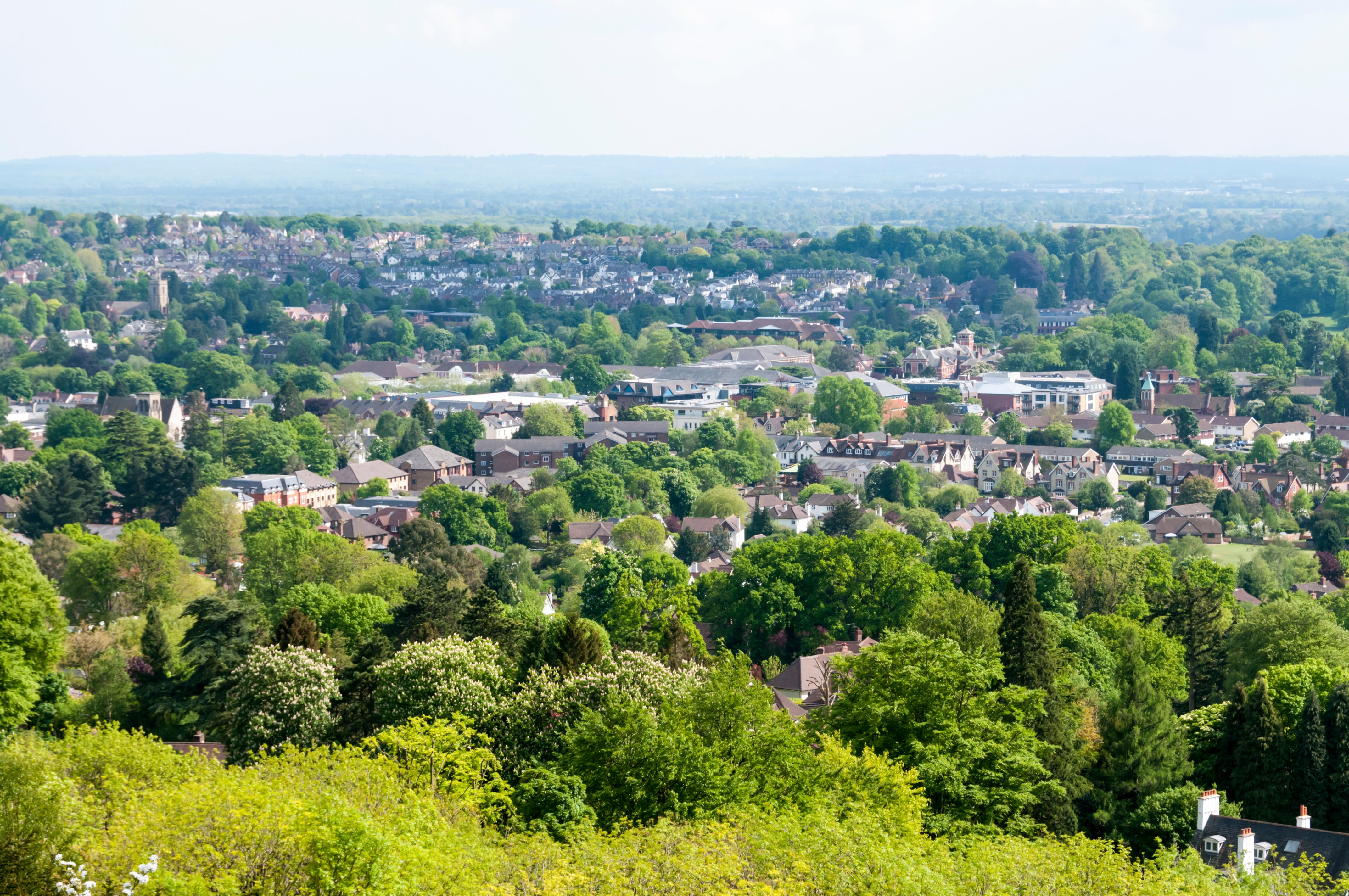'Dramatic' increase in threat to London's green belt, report warns
Five in six local authorities planning to build on protected land despite warnings building in green belt does ‘virtually nothing’ to address affordable housing shortage, say researchers

Your support helps us to tell the story
From reproductive rights to climate change to Big Tech, The Independent is on the ground when the story is developing. Whether it's investigating the financials of Elon Musk's pro-Trump PAC or producing our latest documentary, 'The A Word', which shines a light on the American women fighting for reproductive rights, we know how important it is to parse out the facts from the messaging.
At such a critical moment in US history, we need reporters on the ground. Your donation allows us to keep sending journalists to speak to both sides of the story.
The Independent is trusted by Americans across the entire political spectrum. And unlike many other quality news outlets, we choose not to lock Americans out of our reporting and analysis with paywalls. We believe quality journalism should be available to everyone, paid for by those who can afford it.
Your support makes all the difference.There has been a “dramatic” increase in threats to London’s green belt land from developers who only plan to use a fraction of the land for affordable housing, according to a new report.
Research by the London Green Belt Council (LGBC), an alliance of 100 organisations, shows five out of every six local authorities are planning to build on the supposedly protected land.
In all, 202,700 new dwellings have been proposed for the land, a 64 per cent increase on two years ago, which researchers said posed the “greatest ever threat” to the green girdle around the capital.
The report states there is enough previously developed land in the area to accommodate all these homes and more, with 4,934 hectares of brownfield land available which could hold a minimum of 260,383 new homes.
It also claims that local planning authorities are being given no option but to release green belt land for development due to pressure from central government – despite it only being likely to provide less than 10 per cent of the affordable housing needed.
Researchers said that, contrary to claims by developers, building in the green belt did “virtually nothing” to address the crisis of affordability of housing, especially for young people in the South East.
Last year the government issued an updated national planning policy framework, rejecting calls for a complete ban on building in the 14 green belt areas across England – originally designed to protect the countryside from urban sprawl.
Richard Knox-Johnston, chair of the London Green Belt Council (LGBC), said the government must take action “more urgently than ever” to avoid “irreparable damage” to the integrity of London’s protected land.
“Government at all levels, supported by developers, claim that development in the green belt will provide more affordable housing, especially for young people but, as this report shows, this is not the case. Young people are being cruelly misled,” he added.
“Councils are being pressurised by government to set targets which are much higher than the likely need and are, on occasions, forced to accept even higher housing numbers to accommodate growth from neighbouring authorities.
“The government should be taking steps to reduce the pressure on councils to build on green belt land by focusing on brownfield land and genuine housing need and restricting the ability of councils to de-designate Green Belt land.”
The report, based on research by eight South Eastern county branches of the Campaign to Protect Rural England, found that 83 per cent of local planning authorities with land in the London Metropolitan green belt were proposing to allocate some of it for development.
In all, 519 London green belt sites were found to be under threat by July 2018, compared to 403 a year before and 203 in July 2016, when the LGBC published its first report.
The increase in the number of proposed dwellings was even greater – from 123,000 in July 2016, to 159,300 in July 2017, and 202,700 in July 2018.
It comes after an analysis by the Campaign to Protect Rural England (CPRE) last year indicated that plans to free up green belt land for housing development would do little to ease the affordability crisis.
The findings revealed that only 22 per cent of the 460,000 homes planned on land released from the green belt would meet the government’s definition of affordable, prompting concerns that people were being “sold a lie” by developers.
Housing minister Kit Malthouse said: “We are determined to build the homes our country needs, but we have been clear that the use of green belt land should be a last resort.
“That’s why we strengthened green belt protection with councils now having to show they have exhausted all other reasonable options to meet development needs before even considering changes to the green belt and then evidence exceptional circumstances to justify development.”
Join our commenting forum
Join thought-provoking conversations, follow other Independent readers and see their replies
Comments